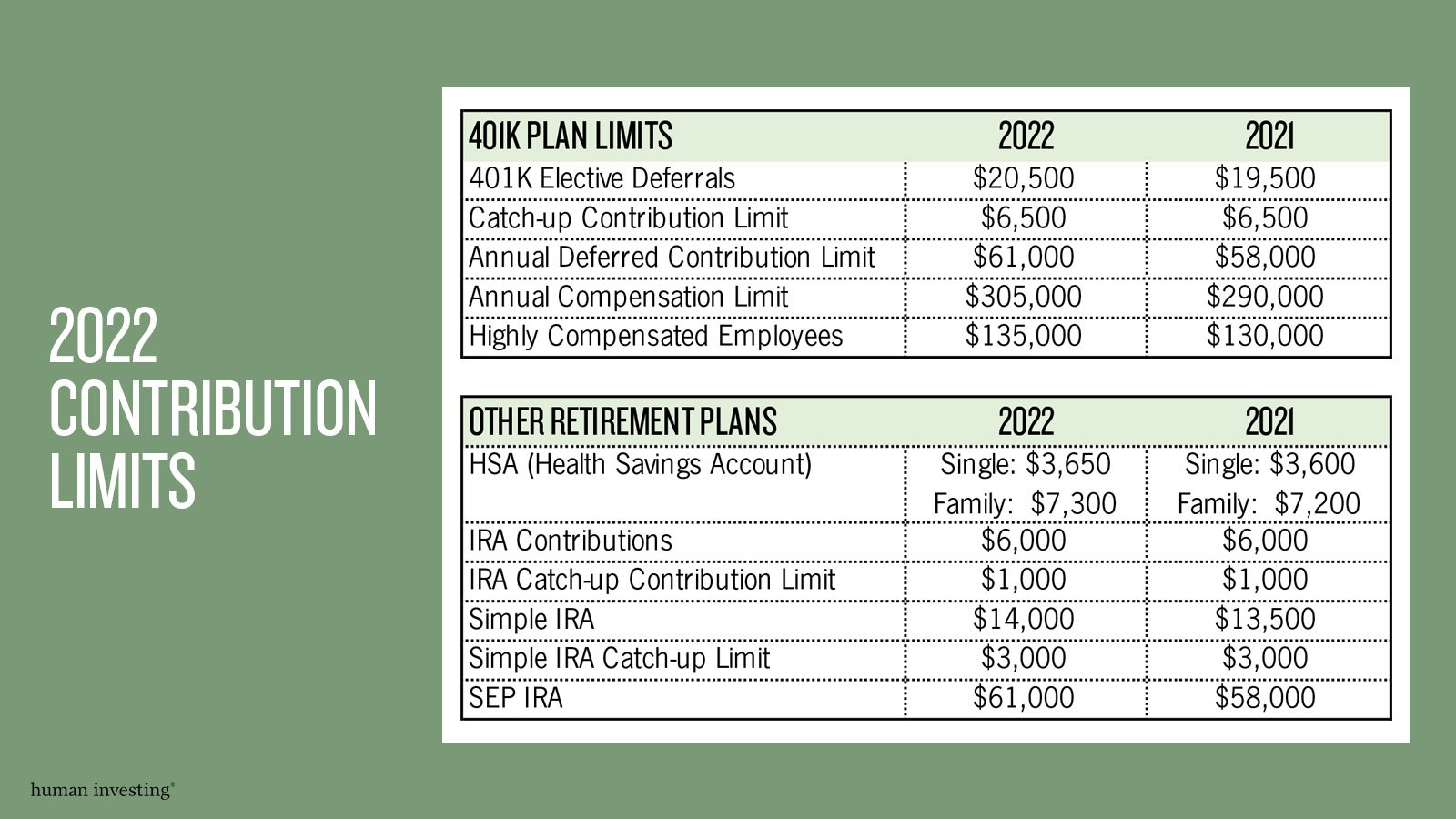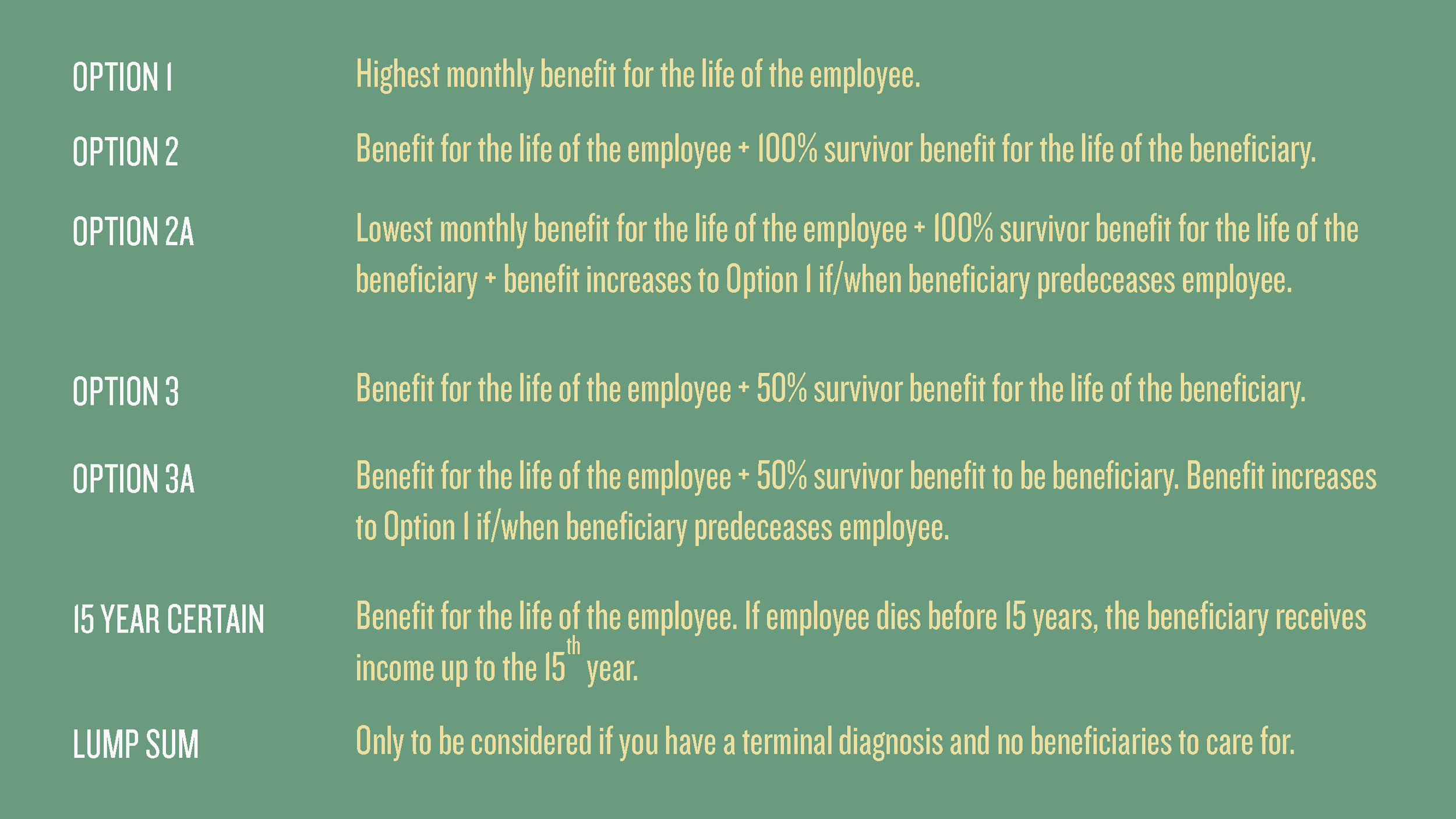Given the combination of low interest rates, soaring housing prices, and saving habits during the global pandemic, we have noticed more people are needing a strategy for their excess savings. Contributing to a Roth IRA account is strategic for individuals who have already funded their emergency account and have some extra savings. We are helping people plan for scenarios like these three examples below:
Michaela, age 29: “I have $15,000 of extra cash savings. I started to build this savings account with the intention of buying a home sometime in the next five years.”
Martin & Angela, age 40: “We are a dual-income house with two young children. We manage to pay our monthly bills, live within our means, and we need a plan for our extra money. We looked at high-yield savings accounts but are underwhelmed with the current return. Our main concern is wanting access to the dollars in case we need it in the coming years.”
Samuel, age 35: “I am currently leasing my car. The lease is up in 3 years, and I might be interested in buying the car at the end of the lease.”
All three of these examples include an element of uncertainty or unpredictability. Michaela hasn’t engaged with a realtor and isn’t certain if/when she will buy a home, Martin & Angela don’t have an immediate need for their excess savings, and Samuel may change his mind about buying his car in a few years. These three situations share these things in common:
There is no specific timeline for the savings to be spent.
These people are all seeking a way to grow their dollars.
These people want distribution flexibility in the future.
Roth IRA Eligibility
In the year 2022, the maximum annual Roth IRA contribution is $6,000 per person. The annual contribution increases to $7,000 for people ages 50 and older. This $6,000 contribution amount is different than making Roth contributions inside a 401(k) account. All employees with a Roth contribution type available inside their 401(k) account are eligible to save Roth that way regardless of their income. Due to the tax-advantages of Roth IRA accounts the IRS has set the following income limits for Roth IRA eligibility:
If your income is above these limits, then you are not eligible to make a Roth IRA contribution this year.
Roth Distribution
If you’re eligible, let’s review why this account has both tax advantages and distribution flexibility. Because Roth IRA’s are funded with after tax dollars, you are allowed to take out your contributions without taxes and penalties. Here is an example:
In this scenario you can take up to $6,000 out of your account without penalties and taxes because you are withdrawing what you originally deposited into the account. If you take out the $800 of growth, then it will be taxed and subject to a 10% penalty for non-qualified distributions.
In this example, the account value increased overtime. Like any investment account, there is no guarantee that the account value will have appreciated at the time of the withdrawal. Be mindful that a Roth IRA account value could decrease below its initial contribution amount.
better savings Compared to What?
In order to give Roth IRA’s credibility, let’s compare them to other accounts for excess savings. Here are some examples of common comparisons:
Roth IRA vs. 401(k) Accounts: Most 401(k) accounts have stricter rules on accessing your money before retirement age. The quick and easy distribution of principal contribution is not guaranteed in Roth 401(k) accounts.
Roth IRA vs. Traditional IRA: Unless the distribution is for one of these reasons, early distributions from IRA accounts result in a 10% penalty and income tax payable on the amount distributed. For example, if Samuel from above (age 35), wanted to take out $5,000 from his Traditional IRA account he would owe a 10% penalty and income taxes on the $5,000 in the year of distribution. Not ideal!
Roth IRA vs. High-Yield Savings Accounts: High-yield savings accounts do offer principal production, but not an inflation-protected return. As an example, most high-yield savings are currently paying .5% APY and the average inflation rate is approximately 2.84%. This is not an ideal investment strategy if you are saving up for future purchases. The current interest rate environment means that high-yield savings accounts are not optimal for growing your savings. As an example, the current high-yield savings account is paying .5% APY meaning someone would only earn $30 a year on an account with $6,000.
Roth IRA vs. Brokerage Account: Brokerage accounts are Roth IRA’s fiercest competitor. To start, brokerage accounts are accessible by all savers because there are no income eligibility limitations for brokerage accounts. Brokerage accounts aren’t tax-sheltered. Let’s compare the same $5,000 distribution as above, but this time in a brokerage account instead of a Roth IRA.
Ideally, Roth IRA’s are setup with long-term investment strategies and the dollars stay invested for a long period of time to serve you later on. However, the distribution flexibility outlined above is why Roth IRA’s can be a reasonable savings account for extra money that does not have predetermined utility in the coming years.
We hope that this article provides some clarity if you need a place to invest your excess savings. If you have any questions, please get in touch with our team at Human Investing.


























































